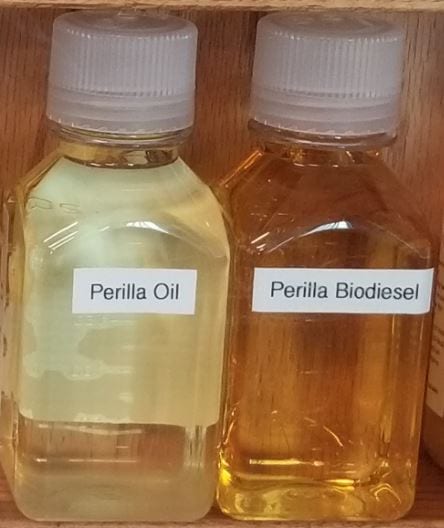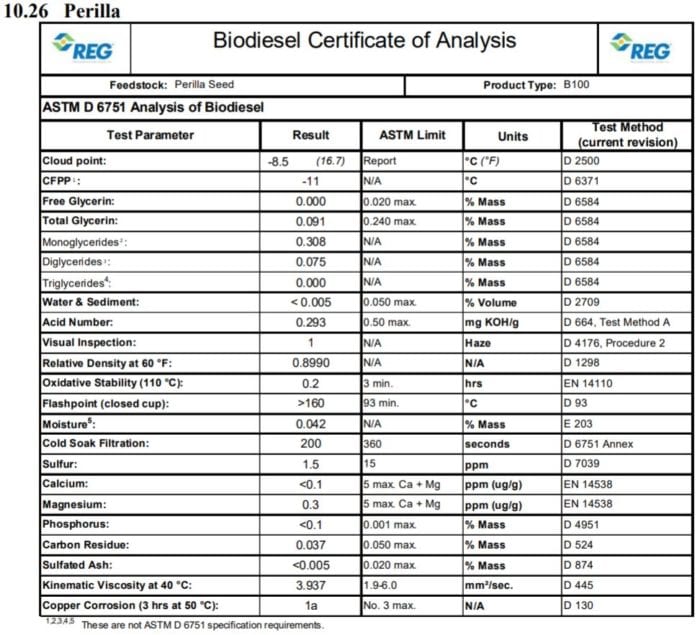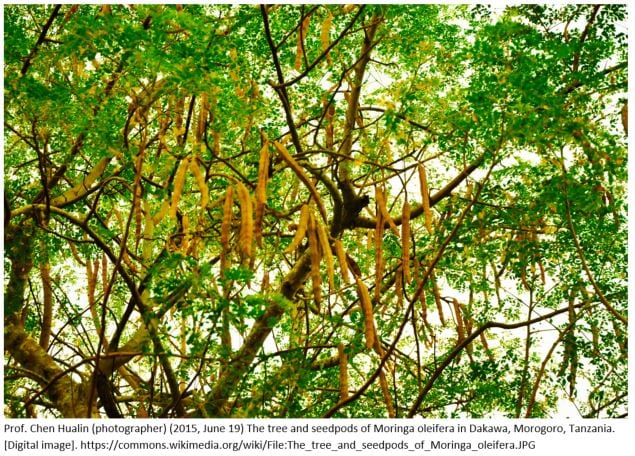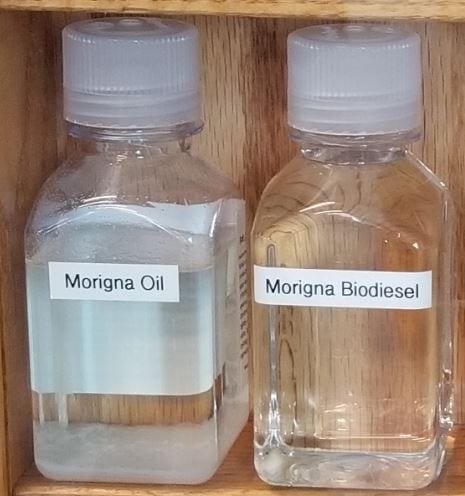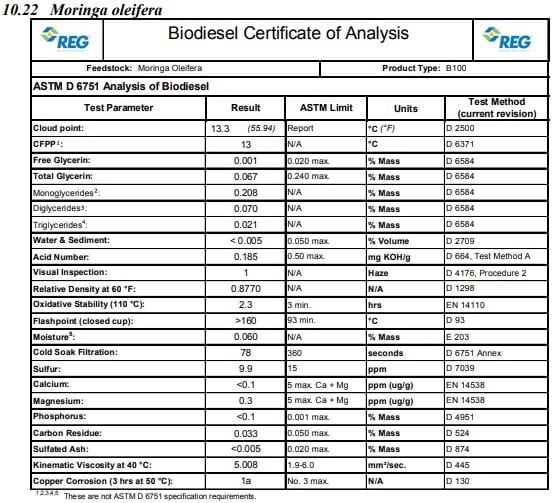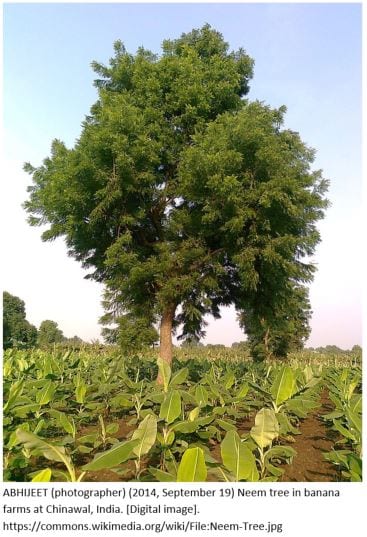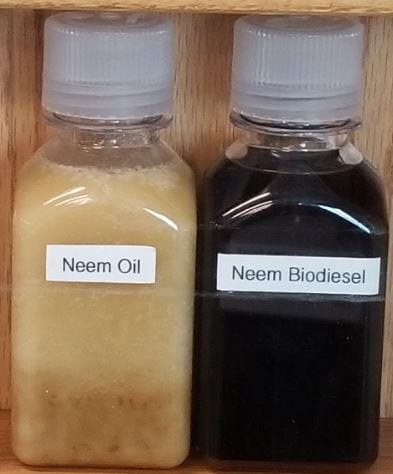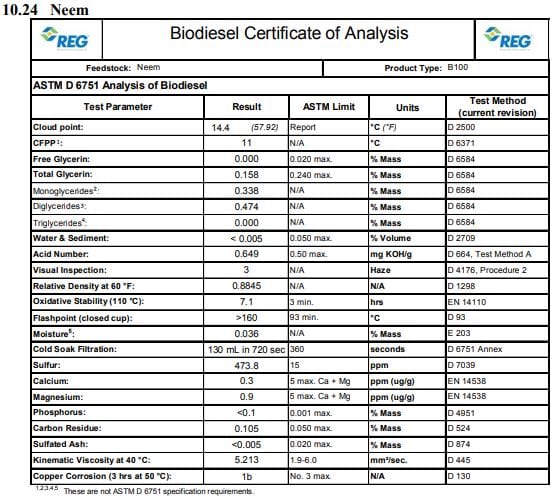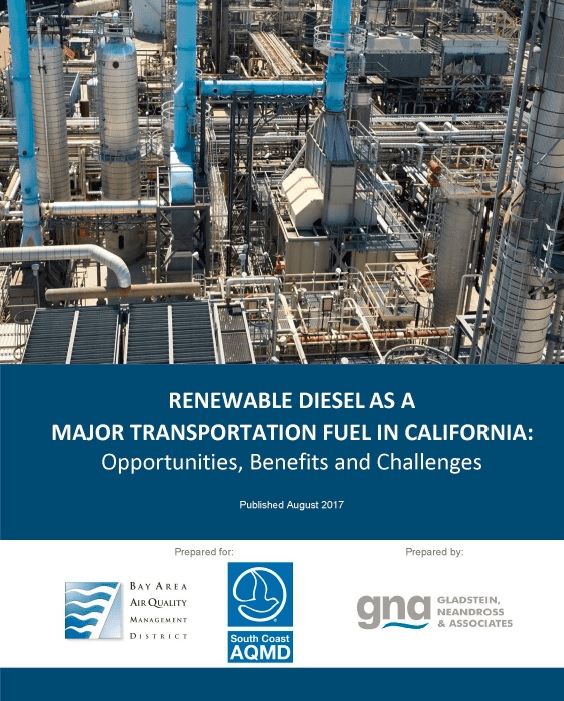What is the benefit of Premium Diesel versus normal diesel?
Premium Diesel delivered in Oregon and Washington with every gallon of Star Oilco diesel.
Are you clogging filters, seeing corrosion, suffering repeated DPF regens, or fighting biological growth in your tank?
Premium Diesel with routine tank maintenance is the solution to your problem.
Premium diesel provides real benefits to the long term maintenance cost of any diesel fleet.
Hydrotex PowerKleen Premium Diesel has a higher cetane, an aggressive detergent for cleaning injectors and tanks, pushes water out of the fuel keeping it dry while traveling down your fuel rail, as well as stabilizes the fuel to ensure it does not begin to grow algae or other biological problems in your tank.
Hydrotex PowerKleen Premium Diesel has plenty of benefit for a very small additional cost. The most profound and not highlighted is the effect on long term storage of tanks and what your bulk storage tank bottoms look like long term. Namely that the corrosion inhibitors, moisture demulsifiers and stability benefits of Premium Diesel will pay back dividends for your entire fleet. As time passes the bottom of your tank begins to age and collect anything that might fall out of solution. Premium diesel will significantly reduce these danger particles that can get into your fleet’s fuel system. Premium diesel not only improves the active daily performance of your fleet, it also prevents the long term problems that build up in fuel storage.
A first hand extreme example. Recently we have seen where a customers sprinklers put a huge quantity of water in their storage tank and the additive kept that fuel bright, clean and not growing fuel algae. Upon sending the sample to the lab of course water content was higher than you want, but that fuel was in great shape considering this extreme failure of fuel quality assurance. Controlling and preventing for the unforeseen is worth the effort. What might have been a disaster costing tens of thousands in down equipment was an oddity we were able to fix for them in a few hours. All because additive fuel kept that fuel within specification even in the most extreme of scenarios.
To read more about Hydrotex PowerKleen Premium Diesel and more in depth research on the benefits of premium diesel: Hydrotex PowerKleen Premium Diesel Brochure.









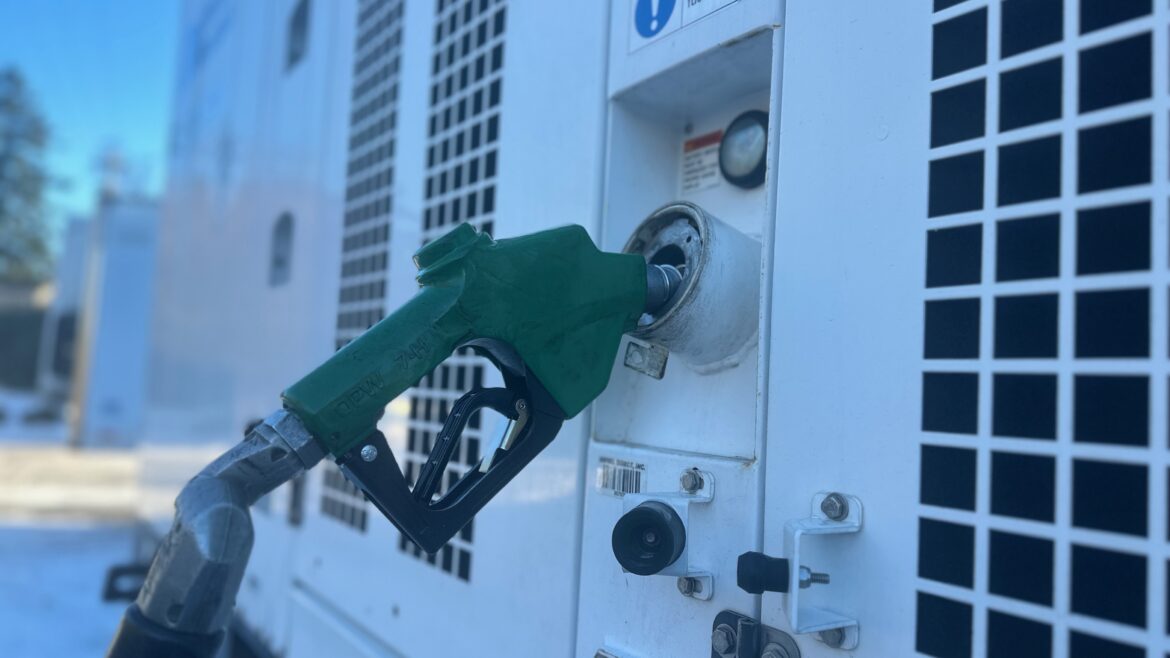

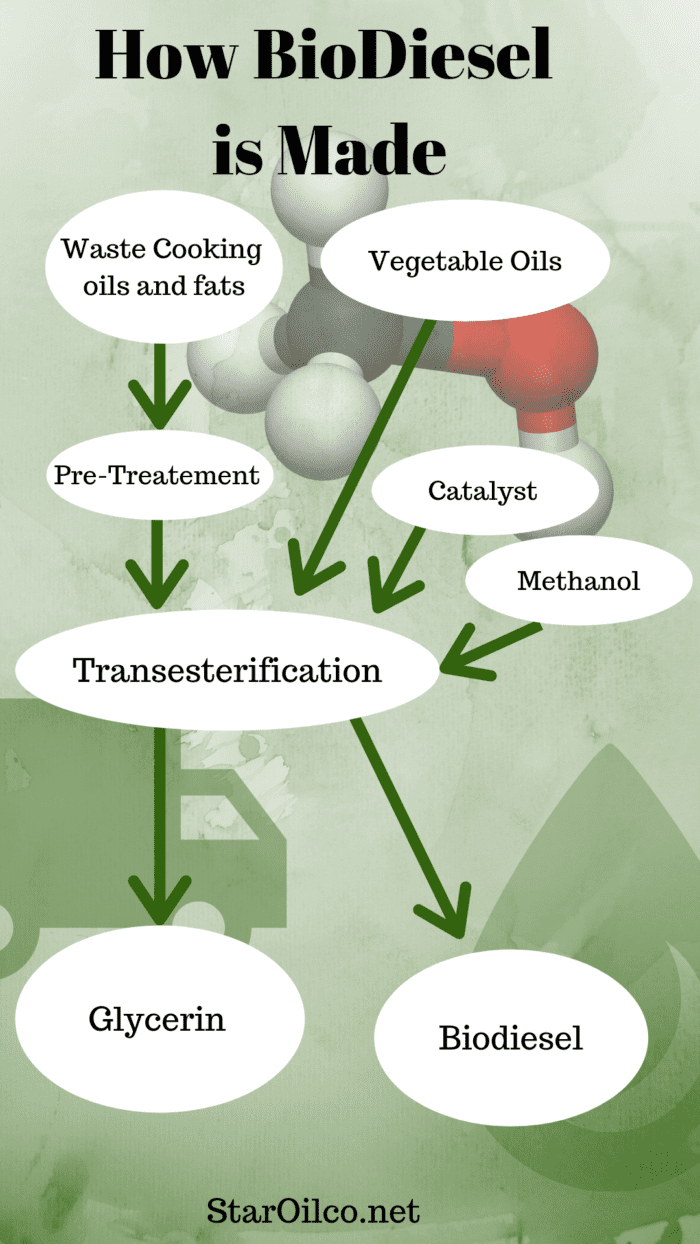
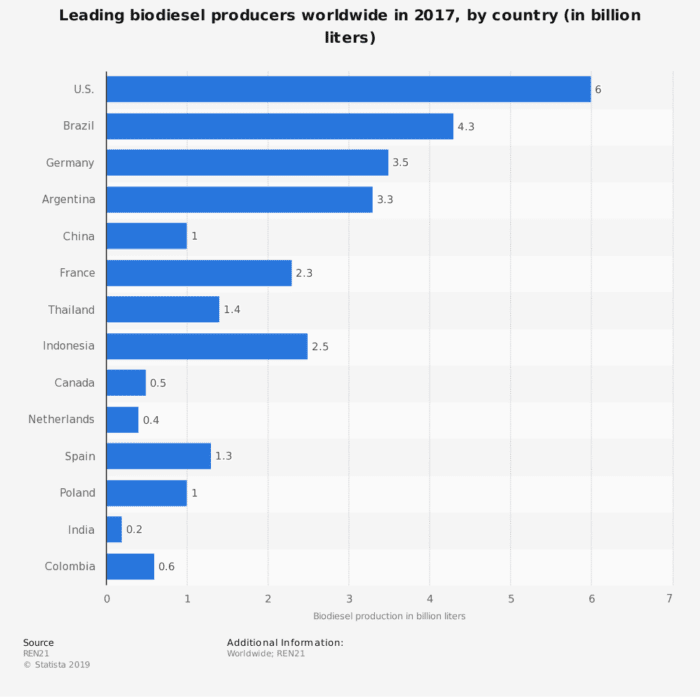
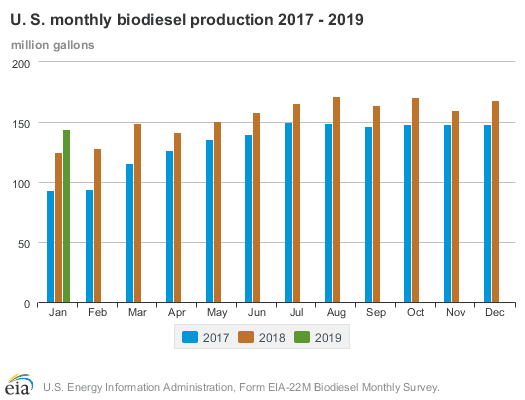
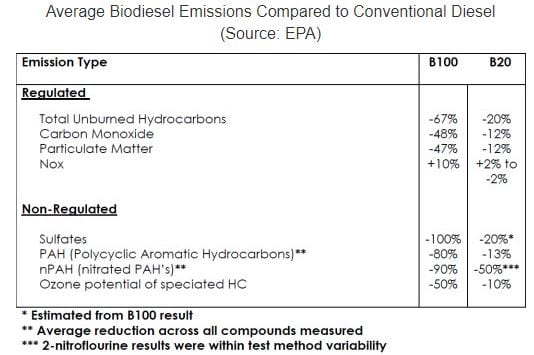 When you use biodiesel, you’re using CO2 that is being captured by the growing plants or the waste. This is current CO2 you aren’t adding to the net sum in the environment.
When you use biodiesel, you’re using CO2 that is being captured by the growing plants or the waste. This is current CO2 you aren’t adding to the net sum in the environment.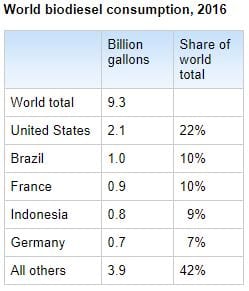


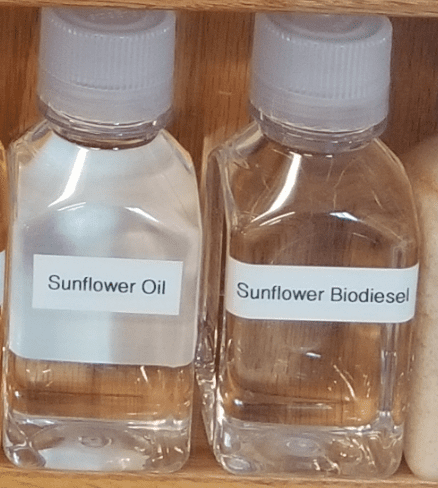
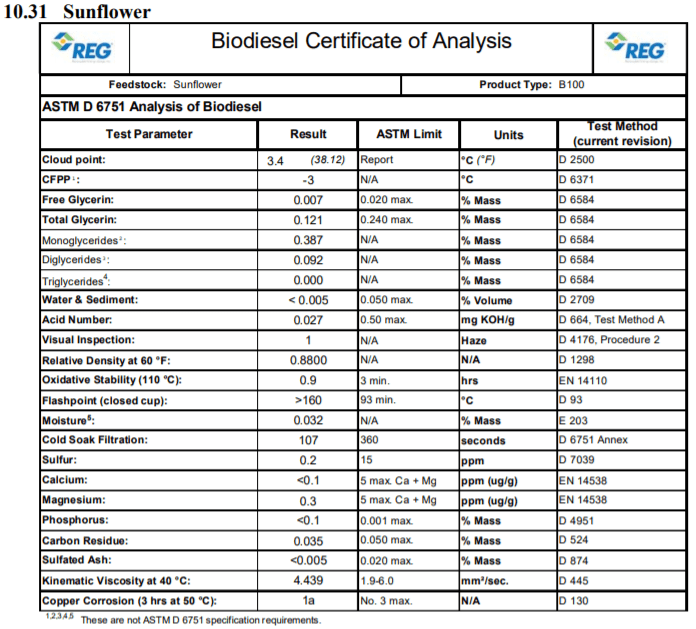

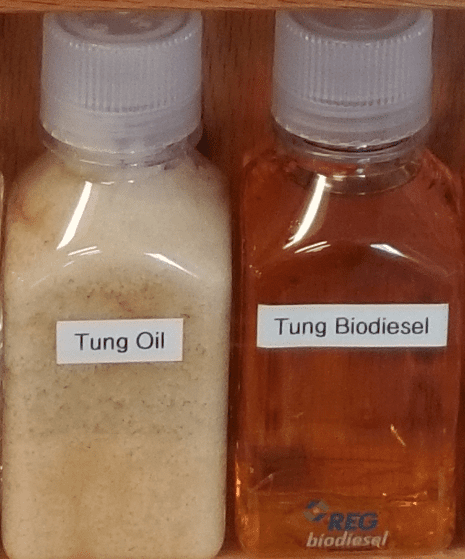
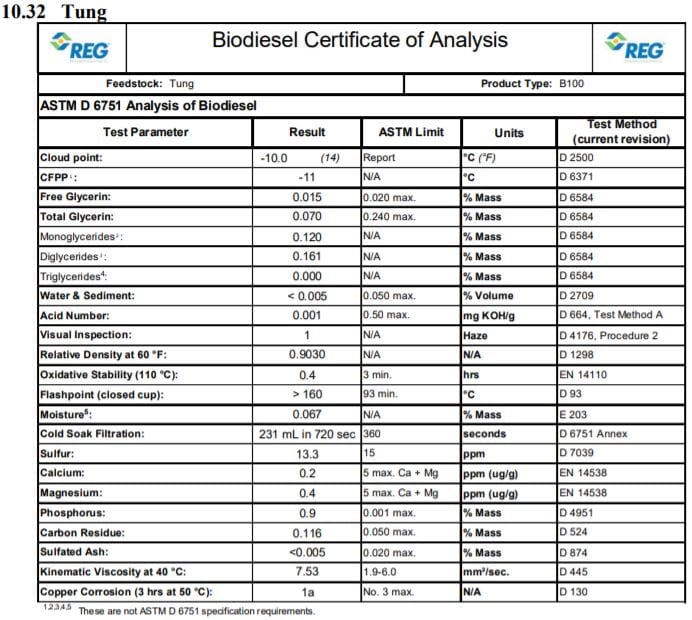


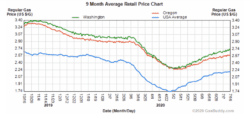
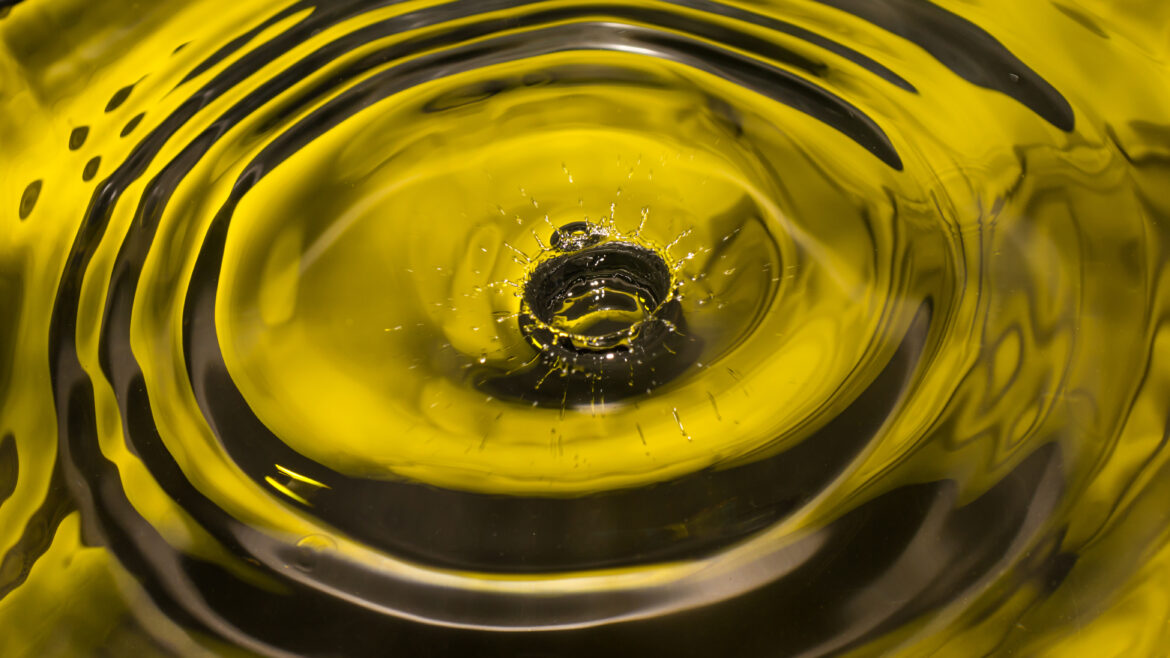
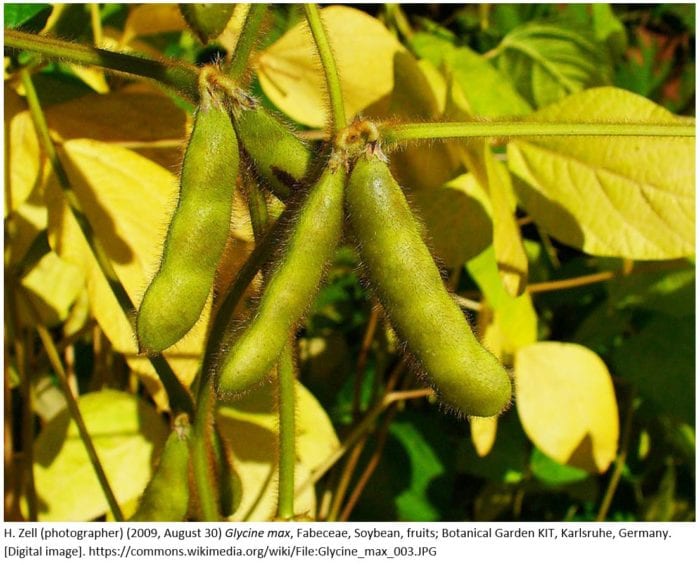
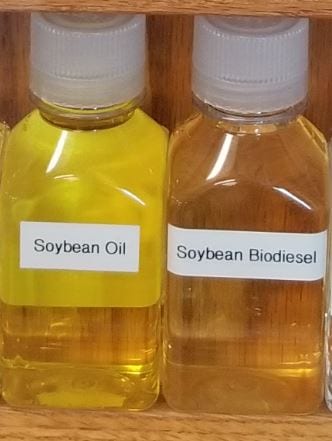
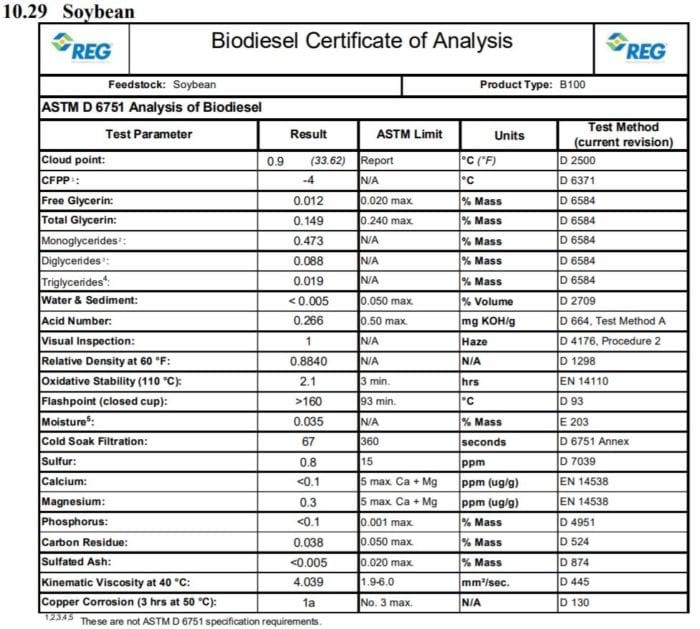
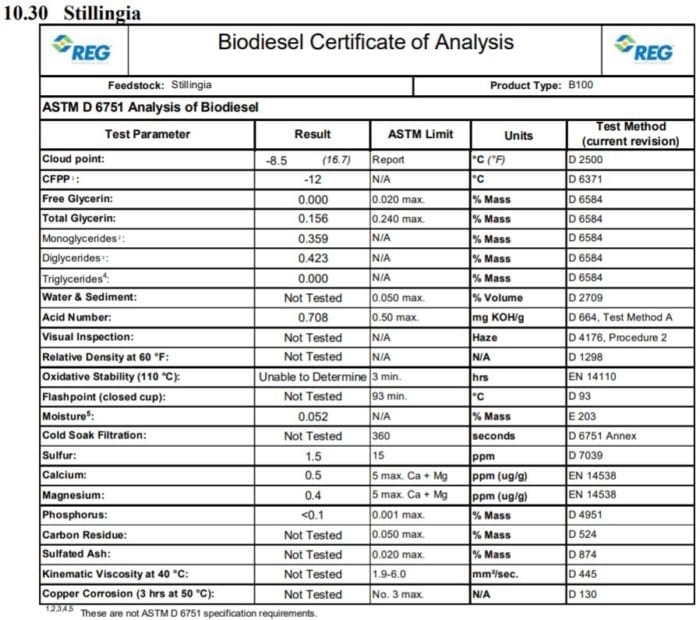
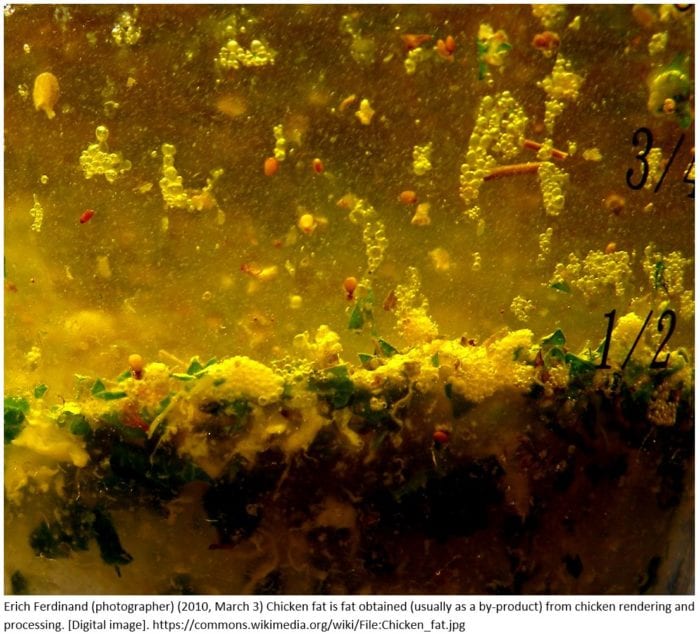 is different from other forms of fat and tallow. It tends to have less saturated fat. According to
is different from other forms of fat and tallow. It tends to have less saturated fat. According to 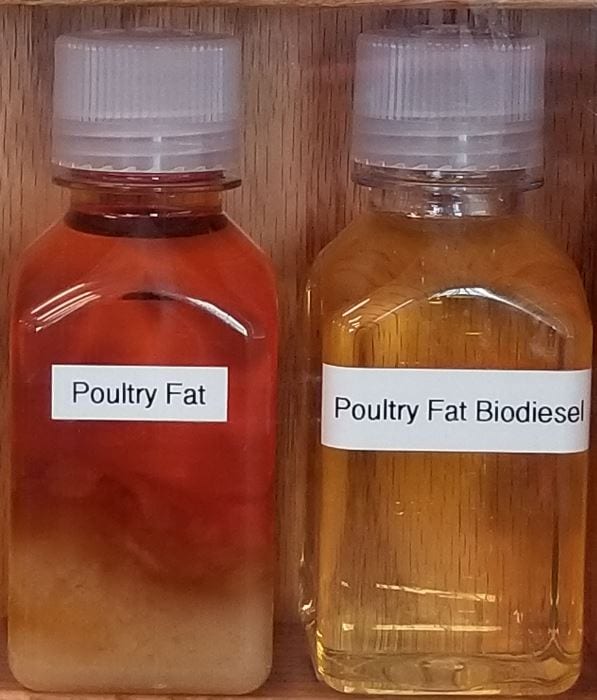
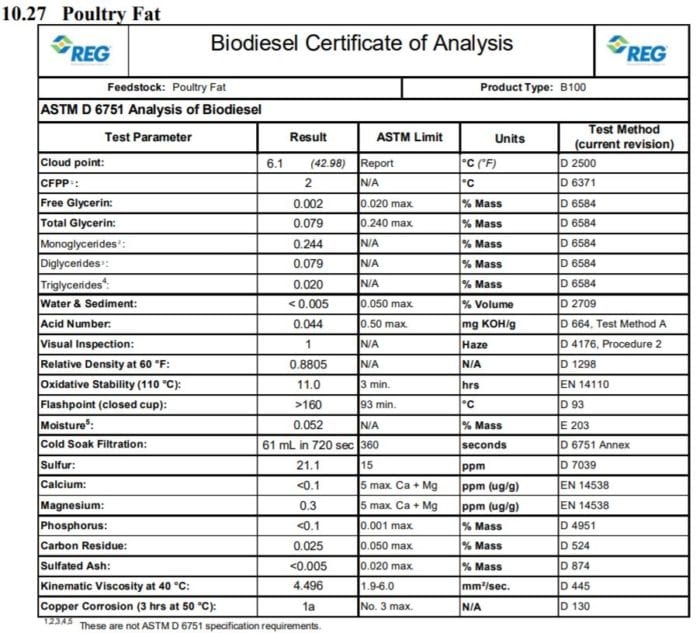
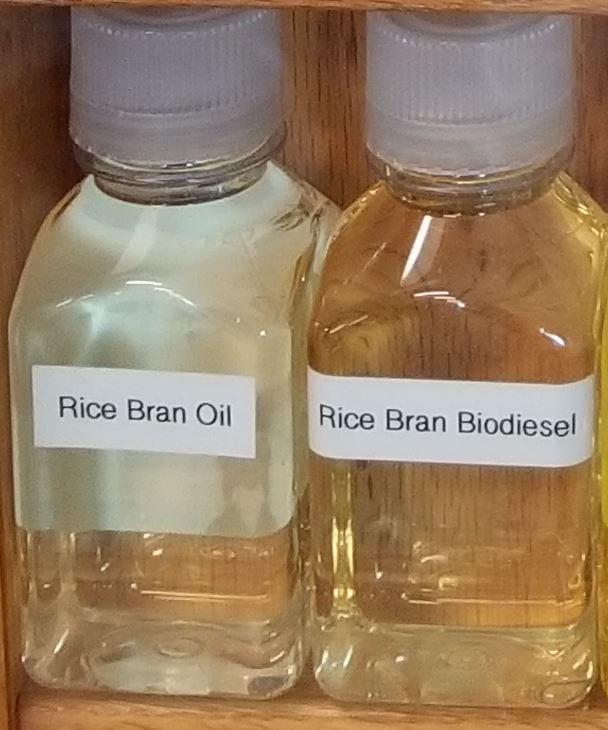
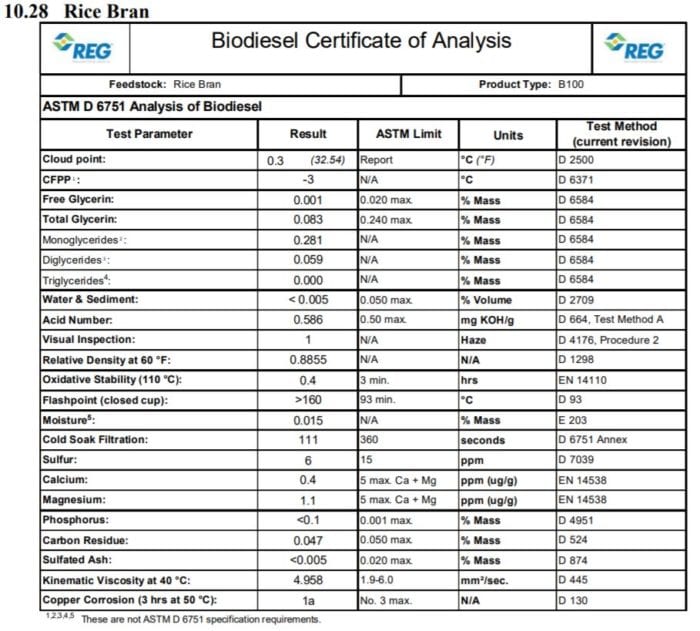
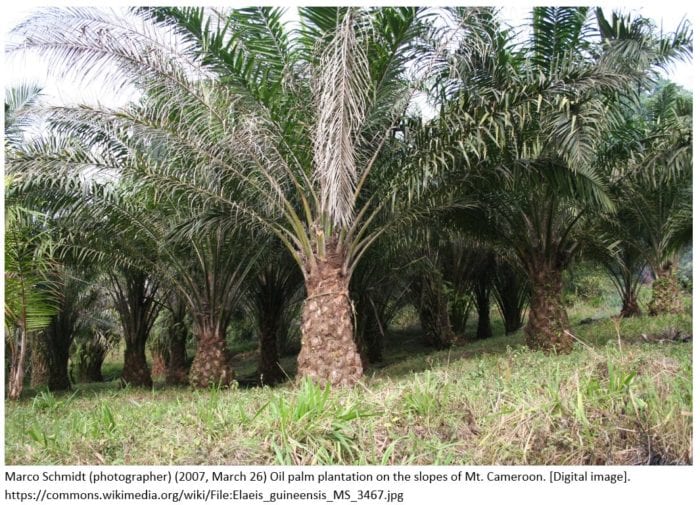
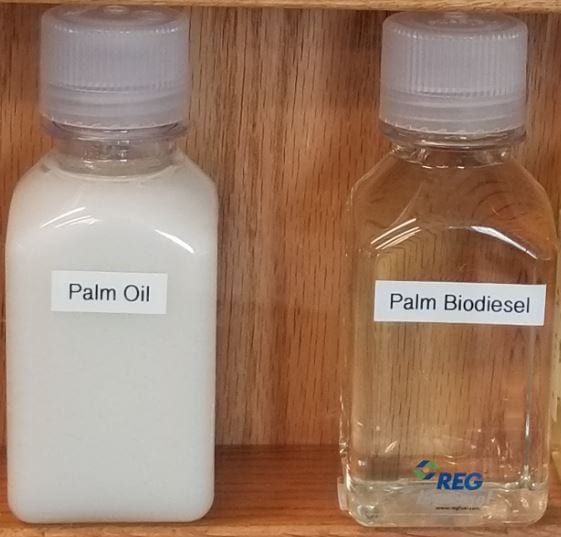
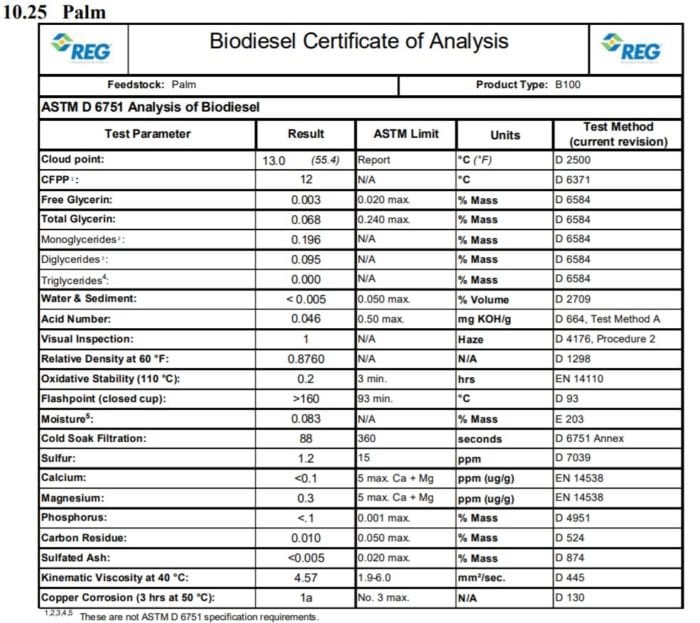
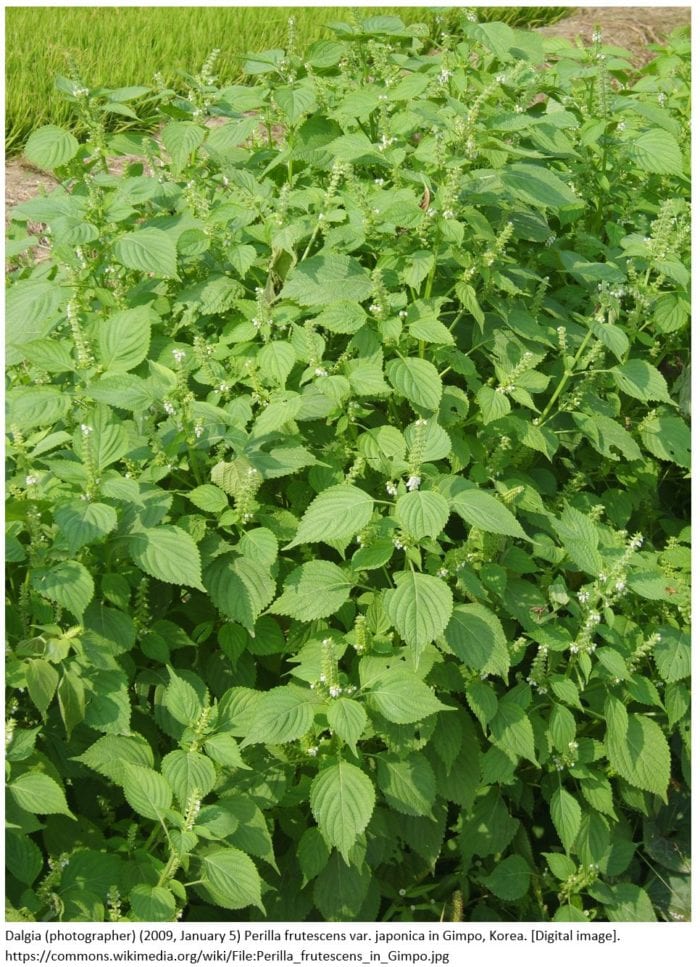 It is native to India and China in the mountainous regions and cultivated in China, Korea, Japan, and India. Introduced varieties of this plant are considered a weed in the United States and go by the common names Chinese basil, wild basil, perilla mint, beefsteak plant, purple perilla, wild coleus, blueweed, Joseph’s coat, and rattlesnake weed. This herb grows easily unattended, but is toxic for cattle and horses.
It is native to India and China in the mountainous regions and cultivated in China, Korea, Japan, and India. Introduced varieties of this plant are considered a weed in the United States and go by the common names Chinese basil, wild basil, perilla mint, beefsteak plant, purple perilla, wild coleus, blueweed, Joseph’s coat, and rattlesnake weed. This herb grows easily unattended, but is toxic for cattle and horses.